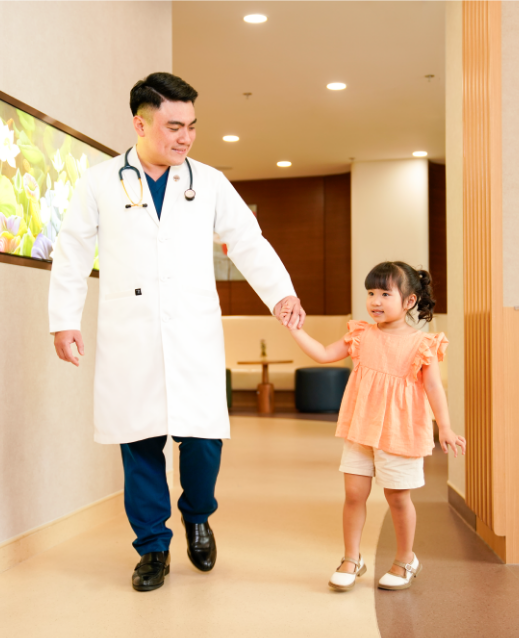Diseases & Conditions
Easy-to-understand answers about diseases and conditions

- A
- B
- C
- D
- E
- F
- G
- H
- I
- J
- K
- L
- M
- N
- O
- P
- Q
- R
- S
- T
- U
- V
- W
- X
- Y
- Z
-
Ear infection
Ear infection, also known as acute otitis media, refers to an infection in the middle ear which is an air-filled space located behind the eardrum and contains the tiny vibrating bones of the ear. Typically, children are more vulnerable to ear infections than adults. In most cases, ear infections can clear up on their own. Hence, the initial approach to treatment may involve pain management and monitoring. However, antibiotics may be required to eliminate the infection. Some individuals may be prone to recurring ear infections, leading to complications such as hearing problems and other serious issues.
-
Earwax blockage
When earwax (cerumen) builds up in your ear or becomes too hard to wash away naturally, it can block earwax. However, earwax is a crucial and natural part of your body’s defences as it helps clean, coat, and protect your ear canal by trapping dirt and slowing the growth of bacteria. If earwax blockage becomes problematic, your healthcare provider can take simple steps to remove the wax safely.
-
E.coli
Escherichia coli (E. coli) bacteria are typically found in the intestinal tract of healthy individuals and animals. While most strains of E. coli are harmless or only cause mild diarrhea, certain strains like E. coli O157:H7 can result in severe symptoms such as intense abdominal cramping, bloody diarrhea, and vomiting. Exposure to E. coli can occur through contaminated water or food, particularly raw vegetables and undercooked ground beef. In most cases, healthy adults are able to recover from E. coli O157:H7 infection within a week. However, young children and elderly individuals are at a greater risk of developing a potentially life-threatening form of kidney failure as a result of the infection.



